The basic principle is to kick the tires, play devil’s advocate and review the competitive landscape for proverbial holes in the strategy. In theory, this helps teams minimize the effects of Mr. Murphy serendipitously showing up at the worst possible juncture. But, it narrowly focuses around the premise of how to reach an objective.
I chose not to discredit the value of SWOT, but during the information age where industries are regularly being disrupted it is important to do more than simply validate your company objectives – question their very existence!
Is every industry going to be disrupted? Well, yes, maybe, at some point. The classic buggy whip was disrupted with the proliferation of gas guzzling automobiles. Book shops have had to reinvent themselves as the Amazon gorilla picked up steam. Uber to taxis, AirBNB to hotels, cable to broadcast television, Starbucks to coffee – and the list continues. Disruption comes in many flavors.
Question the Objective
Companies of all shapes and sizes get very complacent in who they are. It is the classic small talk dialog: What do you do? Who do you work for? And, what do they do? It is far too easy to focus on what a company has always produced or provided (a modern way of saying products or services).
There is a very simple exercise to leading your team to managed obsolescence. Bring everybody into a room and ask a single question, “If you were the competition, what would you be doing to put our company out of business?”
Feel free to loosen constraints such as cost factors, but the answers need to be based in reality: technology must be available, the company size must be reasonable, etc. The point is to use the opportunity to explore options that might not even be part of the current objectives. Some in the room might even suggest different options of providing or producing which have never been considered as part of the company.
Obsolescence Meet SWOT
If any of the ideas catch the attention of participants, then explore them. Not just theoretically, but introduce your proficiency with SWOT and discover the validity of the concept. You might find yourself in deep conversations of cannibalizing current products or cost prohibitive investments, but the dialog will truly solicit out-of-box thinking.
Maybe this exercise will lead to game-changing ideas which your company is not comfortable in executing. But, what it should do is make you consider what it would take to protect or even reinvent your organization when facing future challenges.
If we are doomed to suffer the consequences of obsolescence, would it not be best if by our own hand?

